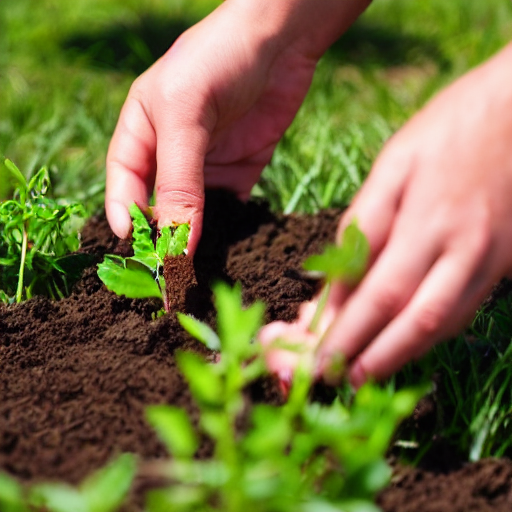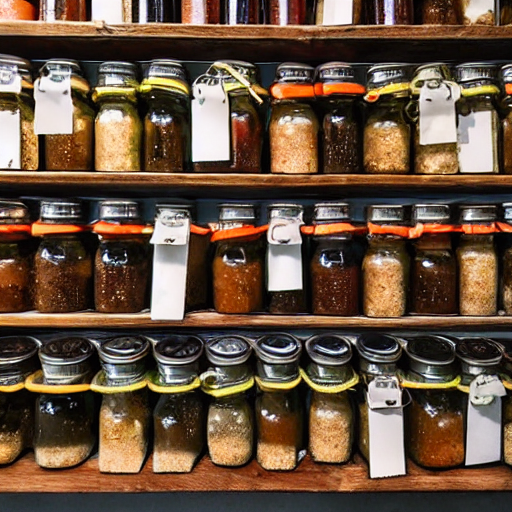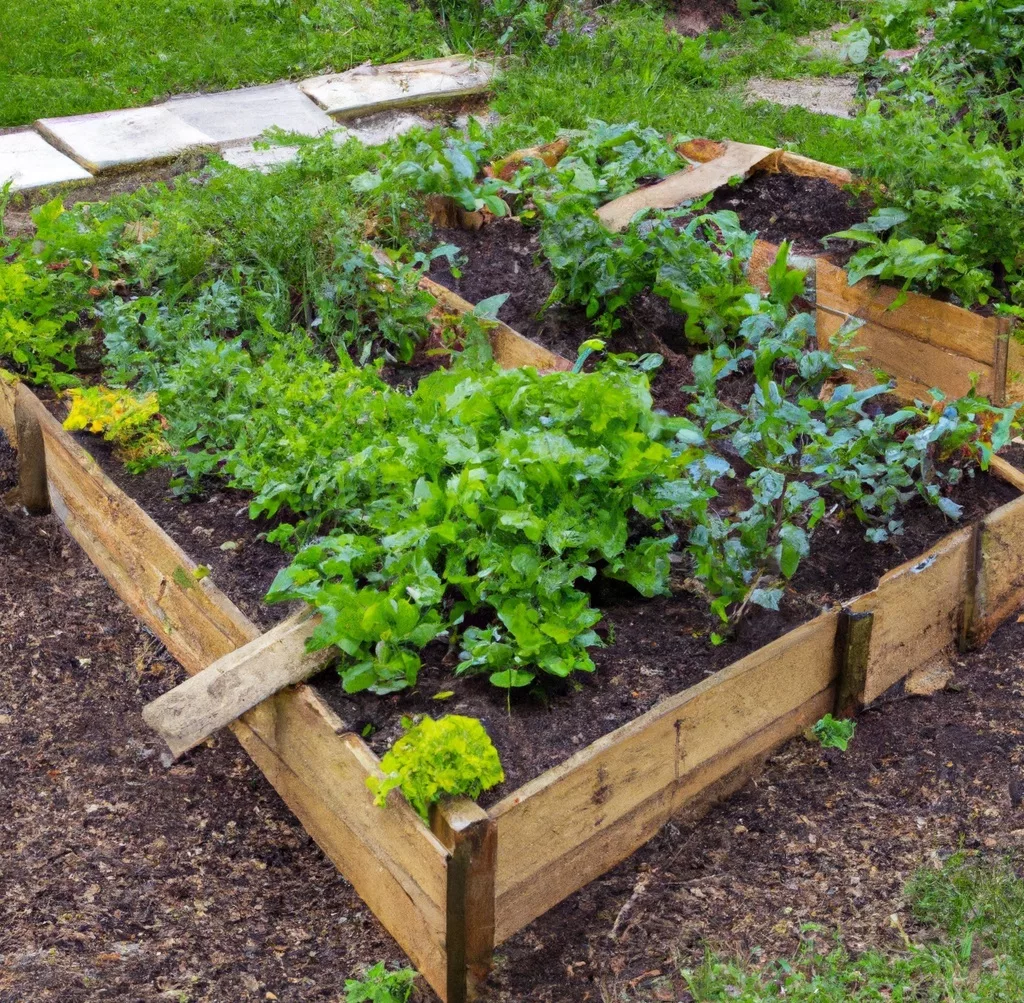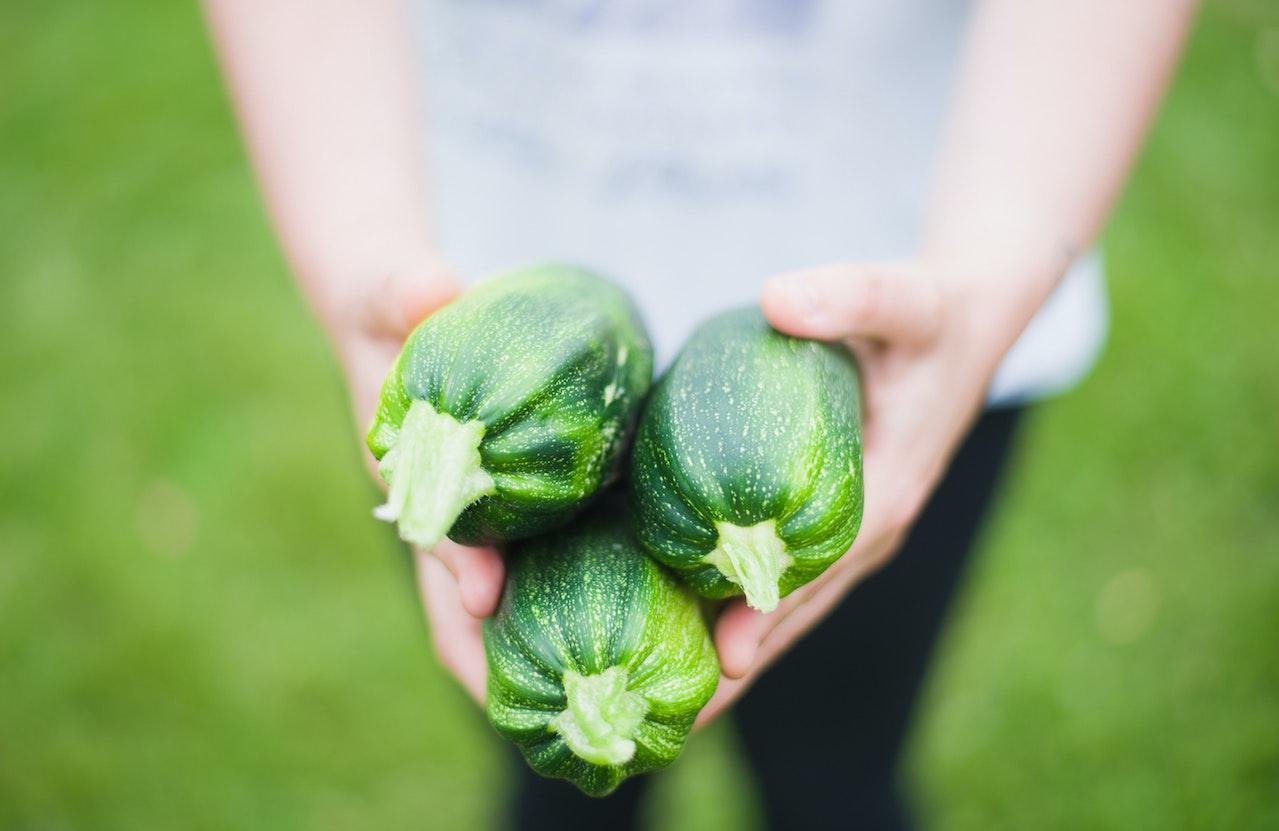Mastering the Art of Self-Sufficiency in the UK
Just a heads up, this post contains some affiliate links. That means that we earn a small commission if you buy the product at no extra cost to you. That allows us to continue to research and share interesting articles with you. :)
For anyone who grew up watching the BBC’s The Good Life, the very idea of “being self-sufficient” seems like a romantic dream that is perfectly possible in a back garden or backyard.
“Self-sufficiency in suburbia!” as Tom Good called it, but is it really possible? Can we actually become fully “self-sufficient” in the UK? This is the question that this article aims to answer.
What Is Self-Sufficiency And Why Is It Important?

The definition of self sufficiency is loosely thought to mean ‘a concept that highlights the importance of autonomy for individuals and communities‘. It suggests that an individual or community should be able to manage their own lives without external assistance and support.
This can include providing for one’s own needs such as food, shelter, healthcare and education. Self-sufficiency is important because it allows individuals and communities to become more independent and resilient in the face of social and economic challenges.
In addition, it also helps to build a sense of community among neighbors, not just a sense of self. A community that is self-sufficient can survive and thrive even in the face of economic difficulties and social challenges. Importantly, self-sufficiency is not only important in times of crisis but also during times of relative peace and calmness.
People who aim to be self sufficient are usually aiming to improve their own lives and the lives of their families. They are working towards a more stable future.
It is important to note that self-sufficiency comes in different forms and shapes. What one person may consider being self-sufficient, another may label self-reliant. The two terms are actually quite similar.
The main difference is that self-sufficient people are more likely to grow their own food, raise their animals and provide for themselves in a more hands-on manner. In contrast, people who are aiming to be self-reliant are more likely to rely on their own knowledge to get them through tough times.
Self-sufficient people are usually driven by the desire to survive, but self-reliant people want more for their families and regularly invest in self improvement.

Embracing Self-Sufficient “-ish”
As a late teen, Niki was introduced to the idea of being “self-sufficient-ish” by an internet forum (before the days of Facebook and Instagram!) and a book: The Self Sufficientish Bible (which she still has a signed copy of!). In this book, and on the forum, being self-sufficient “ish” meant aiming to be as self-sufficient as possible but within the constraints of what was possible.
If living off-grid in a self-built cabin, growing 90% of your own food, and living 100% off of rainwater is your thing (a la Doug and Stacy vibes), then great; you’re your own version of self-sufficient. If all you have room for is a tomato plant on the windowsill of your 6th-floor city flat, congratulations! You’re what’s known as ‘self-sufficientish’!
How Do You Measure Self-sufficiency?
Measuring self-sufficiency is difficult to quantify, as it means different things to different people. Generally, being self-sufficient is achieving independence from external resources and having the ability to provide for oneself in a sustainable way. This could mean investing in food security by growing your own food, generating power independently or being able to travel without relying on public transportation.
Self-sufficiency can be measured on an individual level but also between countries and regions in the world, there is no standard definition. By understanding how much of our resources are provided by outside sources, we can begin to see how reliant countries are on one another and what steps need to be taken toward becoming more self-sufficient.

It also helps us understand which areas of the world are most vulnerable regarding essential goods or service shortages. While the world has been growing increasingly more connected through trade, we still have many countries that are self-sufficient in their own personal resources.
Many of these countries are located in areas of the world that produce and export large quantities of raw materials and have healthy populations.
Here in the UK, the average citizen consumes more than they produce, and some goods and services are seen as essential and impossible for us to create ourselves.
Just consider the device you are reading this article on, there is no way you could build it yourself, and the cost of the internet (either data or WiFi) is an ongoing cost that will need to be paid for and, in most cases, can’t be bartered for.
Self-Sufficiency The Homesteading Way
Self-sufficiency is a way of life that provides you with the resources to meet your needs and become more independent. Homesteading is one way of achieving this goal, as it requires very little money but can help you on your journey to becoming self-sufficient.
Homesteaders rely on their skills, knowledge, and the environment around them to provide for all their needs. This means growing food, raising animals, preserving and storing resources, and building structures without relying on outside sources.
It’s an incredibly rewarding lifestyle that provides physical and mental satisfaction from knowing you are sustainably taking care of yourself and your family.
Growing Food: Self-Sufficient In Seasonal Produce
Growing your own food is a great way to become self-sufficient and contribute to sustainability. Growing seasonal produce ensures that your food is always fresh and available when you need it. Additionally, with the right knowledge and resources, one can become self-sufficient in their own food production.
There are several benefits to growing your in-season produce. Fresh fruits and vegetables are packed with the most nutrients when harvested at the ripeness peak.
You also have peace of mind knowing exactly what kind of fertilizers or pesticides have been used on your crops.

Finally, having access to homegrown produce eliminates time spent shopping for groceries at the store or farmer’s market.
Sustainable Living: Minimising Waste
Self-sufficiency and sustainable living are two concepts that go hand in hand. Self-sufficiency is the ability to rely on one’s own independent resources and skills to sustain life, while sustainable living is an approach that focuses on minimising waste and consumption of natural resources.
The relationship between self-sufficiency and sustainable living is clear; by becoming more self-sufficient, individuals can reduce their dependence on external sources, consequently reducing their environmental impact.
This can be achieved through a variety of practices, such as growing your own food or building your own shelter. Also, adopting a ‘life cycle’ approach to products – where items are reused or recycled until they have no further use – it helps ensure fewer resources are wasted.
Healthy Living: Exercise and Nutrition
The concept of self-sufficiency is important in leading a healthy and productive life. Self-sufficiency refers to the ability to be independent, self-reliant, and able to meet one’s own needs without relying on outside help.
Achieving self-sufficiency requires making conscious decisions about exercise and nutrition -two key components of healthy living.

Exercise plays an integral role in maintaining physical health and well-being. Regular physical activity promotes mental clarity, increases energy levels, strengthens muscles and bones, improves cardiovascular health, helps maintain a healthy weight, boosts moods, reduces stress levels and generally enhances overall quality of life.
Eating a balanced diet is just as important for physical health as exercising regularly. Eating nutritious foods such as grains, fruits, vegetables and proteins provides essential vitamins and minerals that are necessary for optimal well-being.
When it comes to health, people who have dreams of being self-sufficient might consider looking into natural medicines and alternative treatments for their health problems and ailments. If medical attention is needed, there is no shame in accepting a conventional route and treatment.
What Does Self-Sufficiency Mean in Economics?
The concept of slf-sufficiency has been around for centuries and has been used in various ways throughout history. It refers to a country, region, or economic system’s ability to produce and consume goods and services without relying on imports from other countries. In other words, a nation can provide for its own needs without outside help.
For example, many nations have sought to become more self-sufficient by reducing their reliance on foreign imports in order to reduce costs and increase domestic production.
This aim can also be seen in modern trade agreements such as the North American Free Trade Agreement (NAFTA) or the European Trade Agreements, which seek to create a more self-sufficient economy among its members by eliminating certain tariffs and increasing trade between signatories.
Managing Money: Saving and Budgeting
Having the ability to manage money is not only a key factor in becoming financially independent, but it’s also essential for one to become self-sufficient. Self-sufficiency is the ability to rely on oneself and be able to support yourself with no outside assistance.
It starts with learning how to save and budget money in order to develop strong financial habits that will serve you well over time.
Saving money should be a priority for anyone who wants to become self-sufficient. Setting aside an amount of money each month, even if it’s only a small amount, can help build up an emergency fund or savings account that can be used when unexpected expenses arise instead of relying on credit cards or loans.
Budgeting is equally as important; creating a budget helps individuals determine exactly where their income goes each month, so they know how much they are able to save.
What Is Energy Self-Sufficiency?
Energy self-sufficiency is a term used to describe the ability of an individual or community to sustain itself with energy resources. It refers to the capacity to produce enough energy from renewable sources, such as solar, wind and water power, to meet all its needs without relying on external sources.
To be self-sufficient in terms of energy means having access to enough clean, renewable energy resources for people and businesses to thrive.
With growing concerns about climate change and the need for sustainable development, many countries strive for greater energy self-sufficiency.
This could involve investing in solar panel arrays and wind turbines to generate electricity locally, improving existing heating and cooking systems, so they use fewer fossil fuels; or developing new technologies that capture more efficient forms of renewable energy.
Alternative Energy Sources: Solar, Wind, Hydro
Self-sufficiency means being able to depend on oneself for all necessary resources. As the world increasingly relies on electricity, having a self-sufficient power source is becoming more important.

Alternative energy sources such as solar, wind and hydro are ideal for those looking to become more self-sufficient.
- Solar energy is a renewable source of energy that can be used to power homes, businesses and even entire countries.
- Wind turbines capture the kinetic energy from wind and convert it into usable electricity that can be stored in batteries or fed directly into an electrical grid.
- Hydroelectricity generates power by converting the potential energy of water into electrical energy with the help of dams or rivers.
Alternative energies offer a cost-effective way to achieve self-sufficiency while minimising dependence on nonrenewable sources of electricity like coal or natural gas.
Why Is Exchange Preferred By People Striving For Self-Sufficiency?
Exchange is the practice of trading goods and services in order to gain resources. Many people who are looking to become self-sufficient have been turning to exchange as a way of building their own economy. Through bartering, they can trade items and services with each other, allowing them to build up a network of support that helps them meet their needs without relying on outside sources.
Exchange has become an increasingly popular alternative for those striving for self-sufficiency because it offers numerous advantages. It’s a great way to acquire necessary items and services while avoiding high costs associated with buying from traditional retailers.
Additionally, it allows people to tap into their local community, forming strong relationships among individuals looking out for one another’s well-being.
Community Support Networks
The importance of self-sufficiency and its connection to community support networks has become increasingly important in modern society. Self-sufficiency refers to a person’s ability to care for their basic needs without relying on outside help or resources, but this doesn’t want not working with others.
At the same tie, having access to a supportive network of friends, family members, or even professionals can provide additional strength and resources for individuals striving for self-sufficiency.
For many people living in poverty, being able to provide basic necessities like food, clothing and shelter can be difficult without external support.
Community support networks are essential when it comes to helping people achieve financial stability and independence. These networks can also provide emotional support during times of need and offer guidance on how best to develop skills needed for self-sufficiency.
How Do We Promote Self-Sufficiency To The Next Generation?

The future of our world depends on the next generation’s ability to become more self-sufficient and to take this goal seriously. To ensure that this goal is achieved, it’s important for parents and educators alike to promote the principles of self-sufficiency in young people.
Self-sufficiency involves more than just financial independence or growing your own food; lessons in financial literacy, resourcefulness, problem-solving and creativity must be instilled in children to help them build a strong foundation for success.
Exposure to real-life situations would serve as an effective tool for teaching self-sufficiency. For example, providing children with opportunities to solve problems independently can help them develop critical thinking skills, unleash their creative potential, and inspire others.
Similarly, encouraging students to explore different career paths and engage in meaningful work experiences can help nurture a sense of responsibility and teach them how to make positive contributions to society.
Back To The Good Life is a participant in the Amazon Services LLC Associates Program, an affiliate advertising program designed to provide a means for sites to earn advertising fees by advertising and linking to Amazon.com. We also participate in other affiliate programs which compensate us for referring traffic.







